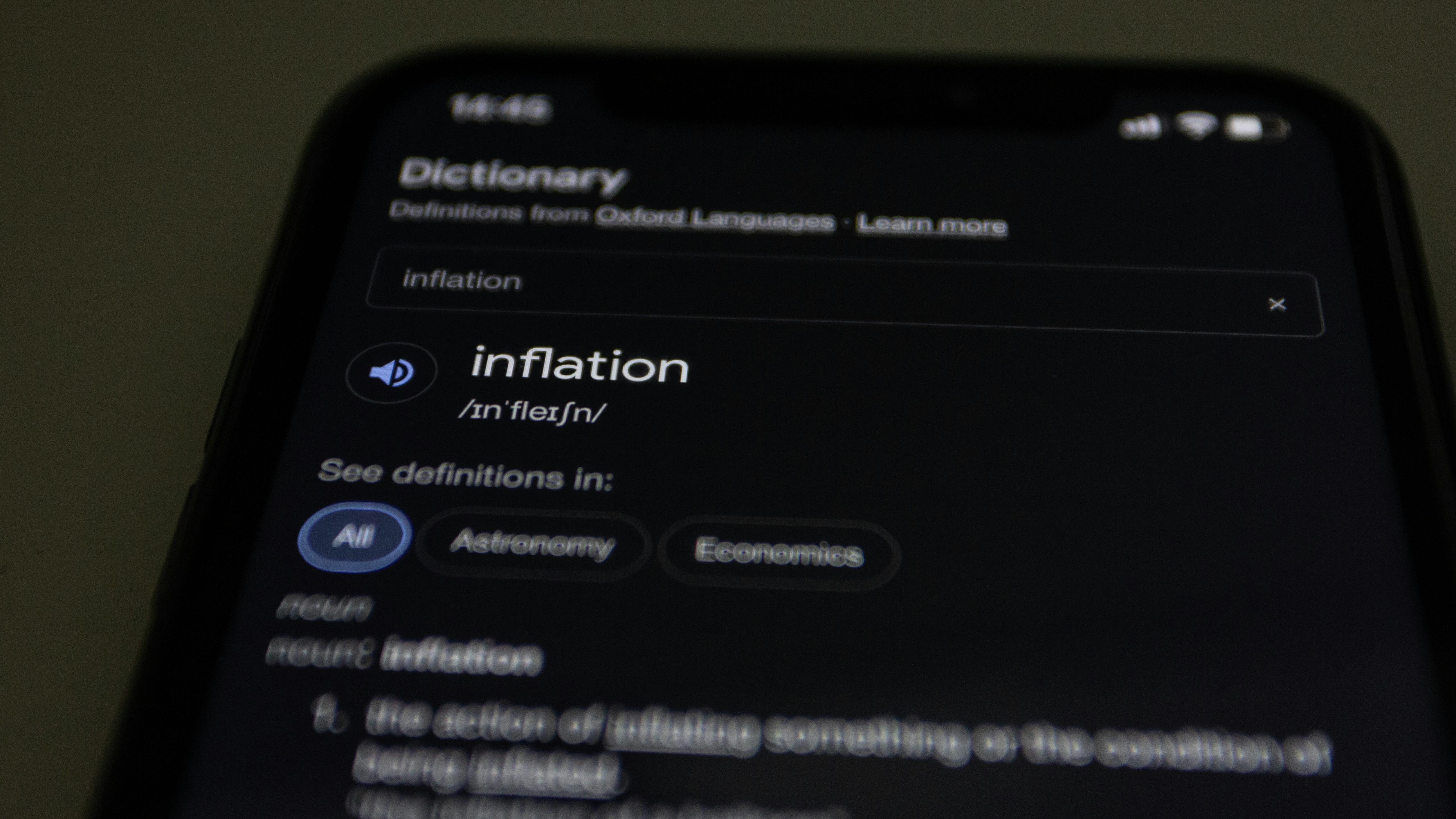Imagine you’re a reseller in 2025, staring at a spreadsheet of product listings that’s not performing like you hoped. Sales are decent, but not great. You suspect there’s a goldmine of untapped niches out there—if only you knew where to dig. The solution? Master keyword research. Yes, those little search queries people type into Google and Amazon are more than just data points; they’re roadmaps to underserved markets and high-intent buyers. But here’s the catch: keyword research in 2025 isn’t your 2020 playbook. Tools are smarter, competitors are snappier, and buyers have zero patience for junk results. You need a fresh, punchy strategy.
Let’s get real. Most resellers still cling to basic keyword stuff—like chasing “shoes” or “skincare products” like they’re lottery numbers. But in 2025, survival isn’t about circling the same parking space everyone else fights for. It’s about finding the side streets. The hidden trails. The niches that nobody’s mined yet. And guess what? Keyword research is the shovel that digs you to buried profit.
In this article, I’ll walk you through eight battlefield-tested strategies to find those niches. We’ll break down how to steal traffic from competitors’ blind spots, hack into buyer brains with high-intent keywords, and even scour Reddit for phrases people use when they’re dying to buy something. No fluff. No theory. Just tactics you can steal tomorrow morning.
1. Competitor Gap Analysis: Your Rivals Are Paying Your Bills
Let’s kick off with the concept that your competitors aren’t enemies—they’re unpaid consultants. Think of their SEO and product listings as homework you can copy and improve. When you analyze their keyword strategies, you’re essentially walking into a room full of buyers they’re not serving.
Here’s the play: Use tools like Ahrefs or SEMrush to plug in a competitor’s URL. Boom. Instant view of the keywords they’re ranking for. Now look for gaps. For instance, if you’re selling wireless earbuds and your competitor’s site ranks for “best wireless earbuds for workouts,” but they don’t cover “wireless earbuds for people with hearing aids,” you’ve found potential gold. Create a landing page for that niche keyword? Suddenly, you’re the only reseller in town meeting that need.
Fusion Logic nails this in their 2025 playbook: “Your competitors are your best teachers; learn from their successes and capitalize on their gaps.” Translation: You don’t need to invent the wheel. Just find the wheels spinning without hubs.
Action Tip: Find 3 competitors, compare their keywords in Ahrefs, and look for terms they’ve ignored. Example: If Seller A targets “desk lamps,” but nobody in your niche talks about “lightweight travel desk lamps for digital nomads,” that’s your open lane.
2. High-Intent Keywords: Chasing Close-Enough Buyers
Let’s decrypt how buyers really buy. Imagine someone searching “best standing desk for small spaces under $200.” That’s not window-shopping—they’re already halfway to the checkout aisle. Compare that to someone typing “standing desk,” who might just be bored at work and daydreaming about productivity.
High-intent keywords are the digital equivalent of “Show me the damn product already.” They include phrases like:
- “product comparisons”
- “product + problem to solve” (e.g., “desk bike for back pain”)
- “product + urgency” (“affordable wedding dress online 72hr shipping”)
Neil Patel isn’t shy about this: “Ranking for intent beats ranking for volume.” A long tail like “organic baby bedding for eczema-prone skin” won’t get 10k searches/month, but the visitors it does attract? They’re throwing cash at your screen.
Action Tip: Use UpSearch’s free Google Ads keyword tool to filter by “phrase match” and sort by competition. Look for keywords with medium-high search volume (e.g., 100–1k monthly searches) and low Cost per Click (CPC). Low CPC = less competition. If Google says you can rank at $0.50 a click instead of $5? Competitors aren’t pounding the door down.
3. Mining Biddlesville (aka Online Communities): Where People Tell You What They Want
Picture this: Someone vents on a parenting Reddit thread, “Looking for durable school lunchboxes that finally fit slim juice boxes again—why is that so hard?!” If you’re selling lunchboxes, that sentence is a license plate number leading directly to a buyer.
Forums, Facebook Groups, and Quora aren’t just modern day Louvre Museums for complaints. They’re the bedrock of keyword goldmines. Spend 30 minutes a day lurking in two places:
- Your niche-specific groups (e.g., “Camper Van Conversion Tips,” “Guinea Pig Enthusiasts Outlook”)
- Broad communities with buying intent, like r/OneDayInOneThread or r/AskMen
The goal? Collect language people naturally use—phrases like “does [product] work if I do [weird use case]?”, or “I would pay $$$ for [product feature].” Then plug these phrases into keyword tools.
A real world example: During the pandemic, Petco sellers flooded Facebook dog groups, gleaning terms like “low-odor dog cookies” (for owners in close apartments) and “vet-recommended dental chews” (to avoid allergy battles).
Fusion Logic shrugs and says, “Where users ask questions, marketers find gold.” Keep a spreadsheet of 10–15 phrases each week. Test a few in PPC campaigns to lock down buyer-preferred language.
4. Seller Cave’s Tool: Your Telescope in the Goddamn Jungle
Trying to spot gainful keywords manually is like navigating a highway with your phone flashlight. It works… until it doesn’t. Enter Seller Cave’s Keyword Research Tool—a specialized weapon for resellers hawking products on Amazon and Shopify.
Let me show you what it can do:
- See real-time keyword charts of buyer interest—trending stays trending.
- Spy on keyword difficulty (KD) scores so you don’t try ranking #1 for “iPhone charging cables” with a $50/month SEO plan.
- Uncover search trends for seasonal products. If you resell Christmas ornaments, seeing that “tree topper trends 2025” peaks in October is priceless intel.
Here’s my favorite function: The tool generates a keyword map for products. Input “sports shaker bottle” and it spits out keywords like:
- “shaker bottle that doesn’t leak in gym bag” (KD 38, low)
- “shaker bottle with measurement markings” (KD 67, medium)
- “shaker bottle for women gym” (KD 88, too hot)
Your job? Pick the KD that matches your clout. If you’re starting out, chase the 38s. If you’ve got authority? Inch toward the 67s.
5. Decoding SERP Intent: Google Doesn’t Rank Content—It Ranks Answers
Pretend you’re Google. Your job is to satisfy searchers. That’s all you care about. So when someone types “yoga mat for plantar fasciitis,” your SERP (Search Engine Results Page) doesn’t just return mats. It’ll feature 5-star blog posts comparing materials, YouTube videos testing designs, and likely, Amazon product listings if folks are doing transactional searches.
The lesson? If popular search results are blogs or videos, and you throw up a Amazon product listing? Google will shrug you off. You’re speaking different languages.
Fusion Logic again drops truth: “Google doesn’t rank content; it ranks answers.” So, walk through the SERP.
Case study: A reseller selling protein powders wanted to rank for “probiotic protein smoothie recipe.” But the top SERP results showed it’s an informational keyword (“how-to guides” and meal planners). So they pivoted—ran a webinar teaching customers to build their own recipes with the protein powders. Used the webinar content as a cornerstone blog and linked naturally to product pages. Result? A sharp uptick in rankings and sales.
Golden rule: Run a quick search. See the top 5–10 results for your keyword. If there are few product listings? You need to bust out content that Google wants—then link that content to your sales page.
6. Riding the Wave: Hunting Seasonal and Trending Keywords
Mark Twain said, “A gold mine is a hole with a liar on top.” That’s not fair. But the punch line works for resellers who ride trending waves but forget timing. In 2025, you’re not just selling stuff—you’re selling stuff now when the demand hotfooting around.
Use tools like Google Trends and BuzzSumo to:
- Predict trends before they break (e.g., skyrocketing searches for “swimwear for stoma bags” in early winter)
- Snag keywords 1–2 months ahead of peak demand (e.g., “graduation diploma templates, 2025 edition” timed to January-February)
- Ride viral social media hacks (e.g., a TikTok trend boosting “miracle sponge for gaming headsets” in March)
Fusion Logic drops wisdom again: “Be the first to rank when trends explode.” As with wildfire, the first firefighter on the scene gets credit (and customers).
Action Tip: Spot a rising keyword using Google Trends’ “Rising” tab. Let’s say “scented candle for sleep studies” is rising 300%. Create a 1,500-word blog on The Science Behind Scent for Sleep and plug your candle into it before competitors. Pro tip: Use “exact match” keywords in titles and meta tags.
7. Long-Tail Keywords: Growing Gardens, Not Forests
Let’s say you’re selling yoga mats. You Google “yoga mat” and… boom! 333k monthly searches. But there’s $55 audio books ranking above your $14 wet barstool.
This is where long-tail keywords pull their weight. They’re more specific phrases (like “anti-odour yoga mats made of seaweed in Melbourne”) that are less competitive and more precise.
Why does this work? Imagine two buyers:
- Buyer A types “yoga mats” → doesn’t know what they want yet. They’ll quick-leave your site.
- Buyer B searches “stretchy yoga mats for pregnancy with grip” → digit-damn craving to buy.
Example: ProSync Edu encouraged one reseller to pivot from “electric curlers” to “travel-sized curlers for tapered hair type 3C.” Search volume dropped 90%, but conversion rates quadrupled. Why? Buyer B marched through exactly what they wanted—their search intent matched the product.
Rule of Thumb: Look for long-tail keywords with >3 words where “Buy now” context drips from their phrasing. Next, in your product descriptions, sprinkle these keywords like confetti.
8. Personal Networking: Coffee Chats > Keyword Tools
Yes, Google Keyword Planner is helpful. But some of your best keywords will come from staring at a real-life person and hearing the actual words they use when they hesitate to click “purchase.”
Attending events like TradeWorld Expo or chatting up thought leaders on LinkedIn often reveals needs invisible in search data.
Take this example from Usama Ashraf: “Through personal networking, you don’t just build contacts; you build friendships grounded in mutual growth... discovering niche opportunities through real conversations.”
Let’s say at a furniture networking event, you talk to a buyer from a Bronx-based hotel. They vent about not finding “industrial-style dressers that match tight budget and eco-friendly standards.” You’ve just unlocked two profitable keywords:
- “industrial dresser under $200
- “eco-friendly wood dressers
Three weeks later? Launch both keywords on product descriptions. You and the buyer become collaborators. Now you’ve got someone pulling buyers toward your site and maybe even press mentions.
Takeaway: Network on these platforms:
- LinkedIn – Follow micro-influencers in your niche.
- Industry meetups – Use Eventbrite to find local networking events.
- Webinars – Host a session on “Common Pain Points Solved with Reseller Products” and invite attendees to hack through constraints together.
Putting It All Together: Your 2025 Reseller Niche Rocket Formula
In 2025, survival isn’t just about selling—it’s about selling cheap, smarter, and with intent. Keywords are the invasive tests we run on demand before we even buy stock.
Gather your tools: Ahrefs, Seller Cave, Google Trends. Brush up on SERP reading and don’t shy away from Genius Hour on Reddit groups. Then, create content around real conversations and hyper-specific pain points.
The best niches in 2025 don’t rely on size. They're about amplitude—reach a scaled audience with laser focus and a voice they recognize. Don’t “find” niches. Listen to them. Because while keywords are arrows, conversations are the damn bullseye.
Now go—stomp into the future like a keyword-breaking caveman. Your audience’s next search is waiting.


